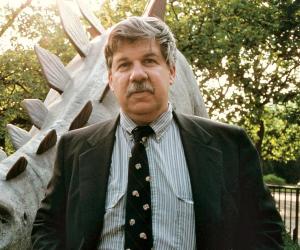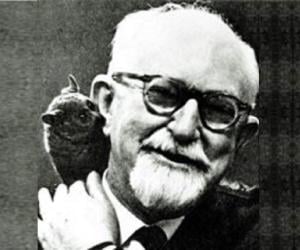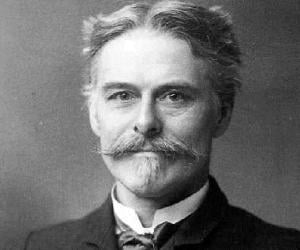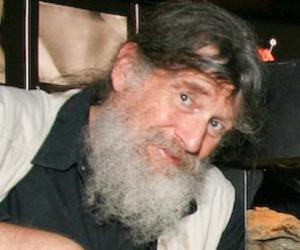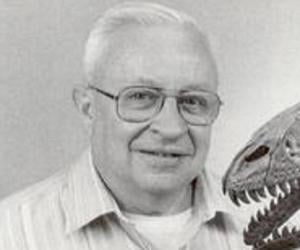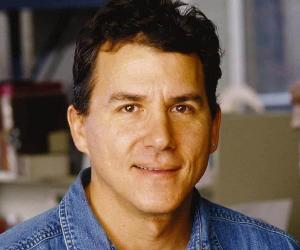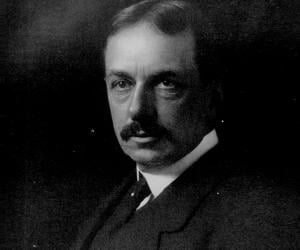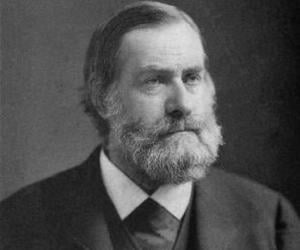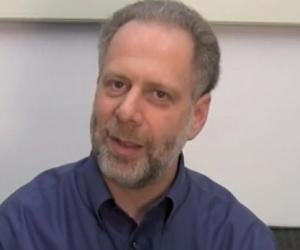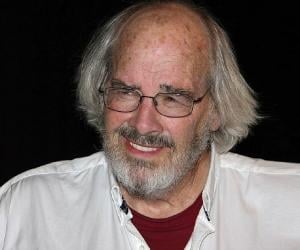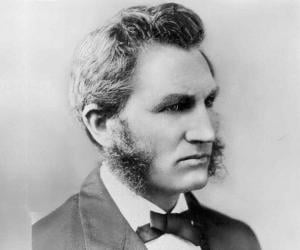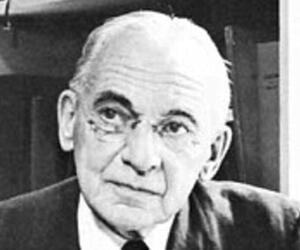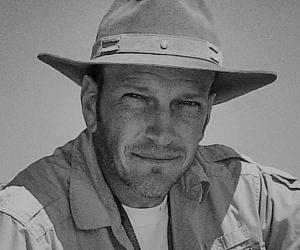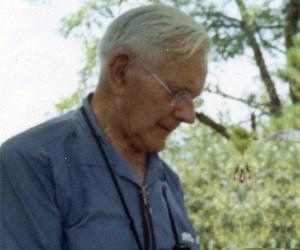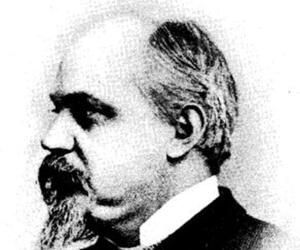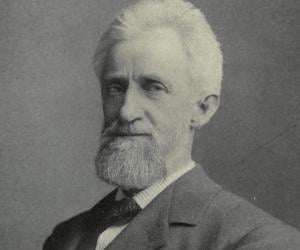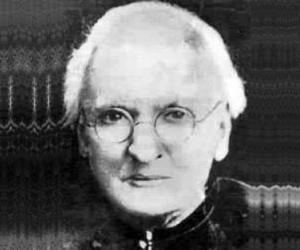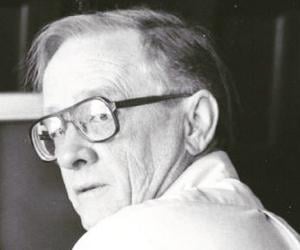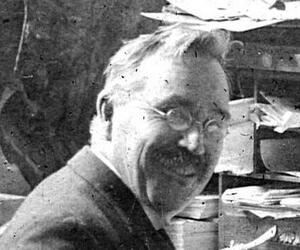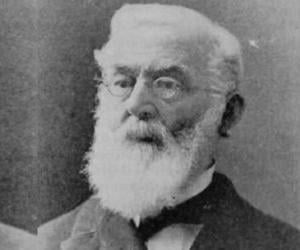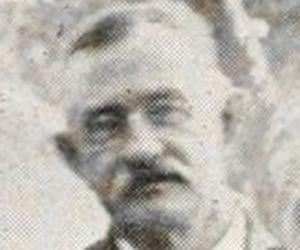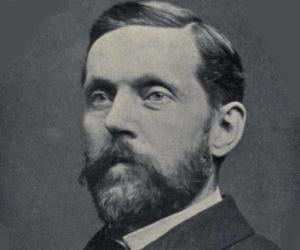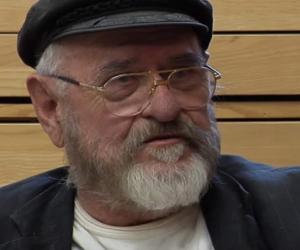1
Stephen Jay Gould
(Paleontologist and Evolutionary Biologist Known for His 'Theory of Punctuated Equilibrium' & Book ‘The Mismeasure of Man’)
Birthdate: September 10, 1941
Sun Sign: Virgo
Birthplace: Bayside, New York, United States
Died: May 20, 2002
Stephen Jay Gould was a prominent American paleontologist, evolutionary biologist, and historian of science. He taught at Harvard University and worked at the American Museum of Natural History in New York. His significant contributions include the theory of punctuated equilibrium, which suggests long periods of evolutionary stability interrupted by swift speciation events. Gould conducted empirical research on land snail genera and made important contributions to evolutionary developmental biology. He opposed strict selectionism, creationism, and advocated for the separation of science and religion. Gould was widely recognized for his popular essays and books on natural history.
